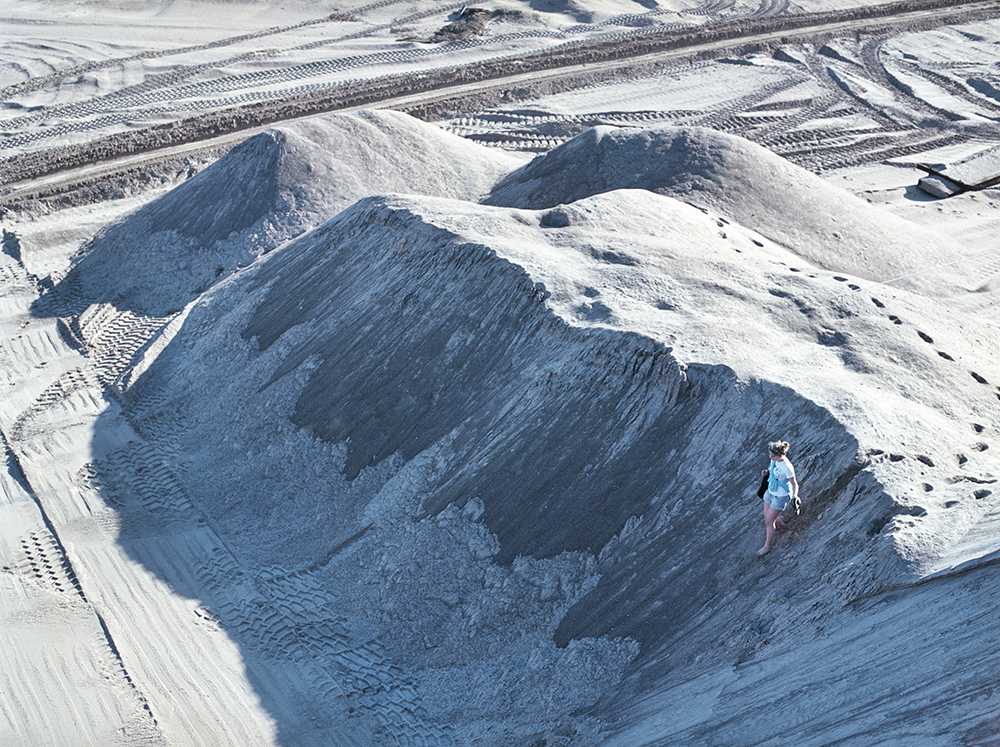Lost horizon: urbanisation comes to a St Petersburg suburb
Photographer Alexey Bogolepov lives in Parnas, a suburb in the north of St Petersburg. With the rapid expansion of his neighbourhood he has witnessed a changing cityscape. "Where recently there were only swampy grasslands dotted with lonely wooden houses and unsightly garage cooperatives there is now, and will be in the foreseeable future, a never-ending construction site,” he says. "For an observer this is a chance to catch a territory in transition, in a delicate and almost poetic state of being not quite urban and not quite rural.” The districts's name dates back to 18th century and comes from Mount Parnas, a 200-foot high artificial mound which the gentry would climb to view the setting sun. In the Soviet period the area was used for peat mining and the 1980s saw the creation of a vast industrial park. Unlike many of St Petersburg's other suburbs, Parnas is free from the legacy of Soviet housing blocks which gives the neighbourhood a uniquely desolate atmosphere. "Here," says Bogolepov, "you occasionally wander across imposing brutalist factories, utilitarian structures of unknown purpose, or vast no-man’s land areas, which could be used as sets for Tarkovsky’s Stalker."
← Return to Russian edgelands: journeys in the urban wilderness


_(Custom).jpg)